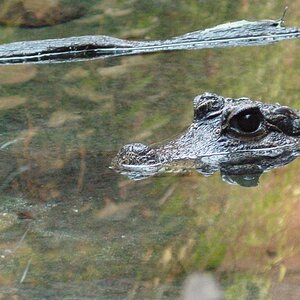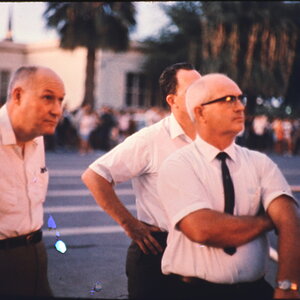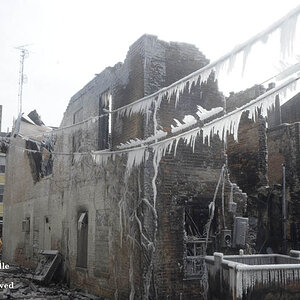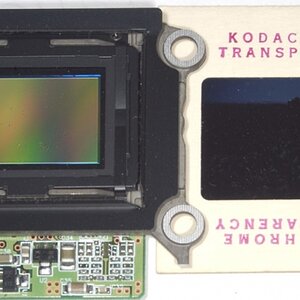dyous87
TPF Noob!
- Joined
- Nov 9, 2014
- Messages
- 12
- Reaction score
- 2
- Can others edit my Photos
- Photos NOT OK to edit
How do mirrorless differ from DSLR when it comes to autofocus? All the reviews I've read of the a6000 for example claim the is has really fast autofocus. Is this not really the case?


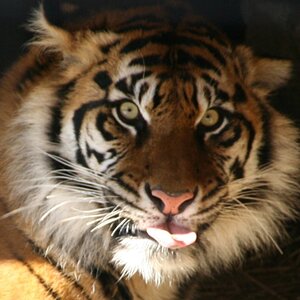
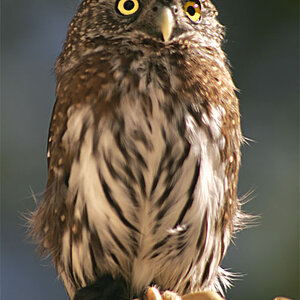

![[No title]](/data/xfmg/thumbnail/37/37536-3578b4f283f738d862be62d896fa52d5.jpg?1619738132)


